This edition of ON the Beat was originally emailed to subscribers on November 14, 2024. To receive Josef Woodard’s music newsletter in your inbox on Fridays, sign up at independent.com/newsletters.
We can always count on a hearty dose of blues — and variants thereof — when the venerable Santa Barbara Blues Society(SBBS) gets down to business at the Carillo Recreation Center, an ideal, spring-loaded historical locale for a historic music organization. Next up on the SBBS calendar is a hothouse show this Saturday night, November 16, marking the auspicious local debut of the Bay Area–based blues belter sensation Terrie Odabi.
Possessing a powerful and soulful vocal instrument and an abiding link to true blues and R&B tradition of old, Odabi is a performer who wins friends and influences music lovers with an ear for timeless blues-gospel-soul music. At the Rec. Center, she’ll be adorned with a band and horn section — the whole enchilada.


Terrie Odabi | Photo: Courtesy, R. Haskins
Music journalist/critic Lee Hildebrand, who has scribed for the San Francisco Chronicle and other publications, wrote about the singer in her formative public era: “Terrie Odabi is easily the most dynamic blues and soul woman to have emerged in the Bay Area since Etta James came out of San Francisco’s Fillmore District in the 50s. Terrie has a powerful set of pipes, writes terrific tunes, leads a kicking band, and has onstage movements that perfectly match the rhythms of her material. Surely stardom awaits her.”
In addition to a handful of nominations for the coveted Blues Music Awards, Odabi earned kudos from Living Blues for her 2016 album My Blue Soul (listen here), whose song list includes the blues classic “Ball and Chain,” the gospel jewel “Wade in the Water,” and opens with a more pressingly contemporary original “Gentrification Blues.” Odabi sings and speaks for the ages, while checking the pulse of the present, including the dance floor imperative.
Living Legend Fest
Celebrity violinist Itzhak Perlman has graced Santa Barbara stages for many years, often presented by UCSB Arts & Lectures. But the ante of specialness was upped when Perlman came to The Granada Theatre last week, given the glittery imprimatur of an all-star entourage of friends in high places — pianists Emanuel Ax and Jean-Yves Thibaudet, and the Juilliard String Quartet in tow. To boot, the local date was one of only three U.S. dates with this program and aggregation of living legends.
The Tel Aviv–born Perlman, 79, has enjoyed a prominent general public profile since he emerged as a child prodigy on the Ed Sullivan Show in the late ‘50s. He is a much-laureled and widely known virtuoso, popular beyond just classical circles, but has never been known as a trailblazer or a musician who has much interest in the music of our times — or even the last century-and-change.
At the Granada, the program deviated from predictability through repertoire choices: The centerpiece Mozart “Piano Quartet No. 2” — a showcase for Ax’s focused insight — was framed by the French business of 18th century composer Jean-Marie Leclair’s “Sonata for Two Violins” (with Perlman and the Juilliard’s Areta Zhulla in taut tandem) and the post-intermission romantic comfy chair business of Ernest Chausson’s “Concert for Violin, Piano and String Quartet.” The latter piece gave ample expressive elbow room to Thibaudet and the quartet (including former UCSB professor Ronald Copes, now the oldest member of the group).
The crowd here was weirdly distracting, frequently indulging in the dreaded faux pas of lusty applause between movements. At one point, after the first movement of the Mozart, a woman bellowed out “Excellent playing. Thank you!” — the equivalent of people yelling “We love you!” at a rock show.
For those of us less moved by goopy, late Romantic repertoire, the Chausson felt thick and turgid, with wheels turning and themes churning in search of life beyond the gush of noes. Relief arrived at the end.
On this night, Perlman was mostly in fine form, though with some notable rough spots along the way — but what he stands for as an eminent elder classical music statesman allows for laxer standards of listening.
Chamber-ized Panorama of the Americas

In the first of a series of inviting encounters with touring string quartets presented at the Santa Barbara Museum of Art’s intimate Mary Craig Auditorium, the respected Cuarteto Latinoamerico stopped in on Sunday afternoon for a fascinating survey of music from America — South and North. The concert’s second half featured Czech-in-America composer Dvorak, and his optimism-pumping “American” quartet, following the requiem-like ruminations of Samuel Barber’s famed “Adagio for Strings.” Barber’s piece has become an unofficial anthem of mourning, often heard after 9/11, and somehow appropriate just now, in the wake of last week’s tragic presidential elections.
But the real meat and memorable content of the program came in the first half, especially with the opening of Brazilian master Heitor Villa-Lobos’ fascinating “Quartet No. 17” — bearing the composer’s signature mix of Euro-modernism and Brazilian folk influences. Gershwin’s lulling “Lullaby” led into the feistier dynamics of “nuevo tango” master Astor Piazzolla’s only dedicated quartet piece, “Four, for Tango,” perked up by swiping ascending shrieks from the string players and percussive effects — not your grandfather’s string quartet syntax.
Piazzolla got the last word, fittingly enough, in an encore of one of the composer’s greatest hits, “Libertango.” As it happens, we heard that piece as an encore during last month’s Santa Barbara Symphony concert, in its orchestral arrangements with guitar (Pablo Sáinz-Villegas). This columnist’s attitude: the more Piazzolla, the better, in whatever format.
TO-DOINGS:
In other Santa Barbara Symphony news, the next concert takes place on Sunday afternoon (a departure from the usual Saturday night/Sunday afternoon plan), in a program dubbed “French Connection.” Guest conductor/pianist David Greilsammer leads a program of Rameau, Ravel, Milhaud — and in an extra-French move, Haydn.
Friday night at Hahn Hall, Camerata Pacifica’s program-of-the-month club goes admirably contemporary, with music of living composers Niloufar Nourbakhsh (who impressed at the Ojai Music Festival), Helen Grime, and Thomas Oboe Lee (his Parodia Schumanniana features oboist Nicholas Daniel). Saint-Saëns kicks off the mostly 21st century party, with a pit stop in the 20th century courtesy of York Bowen’s Viola Sonata No. 1.
Outside the classical world highlights: kinder, gentler guitar hero Albert (“Country Boy at Heart”) Lee returns to SOhO, for an early set on Sunday night. Fans of King Crimson will want to head down to Thousand Oaks’ Bank o’ America Performing Arts Center on Thursday for the current road show incarnation called BEAT – Belew/Vai/Levin/Carey play ’80s King Crimson (minus mastermind/guru Robert Fripp), featuring Adrian Belew, Tony Levin, guitar wizard Steve Vai, and drummer Danny Carey. Local trivia note: the lean ‘80s King Crimson played a set at the Mission Theater back in the ‘80s, before that historic venue morphed into the Metro Four.
The beat goes on.
Premier Events
Fri, Jan 09
5:30 PM
Santa Barbara
Intention Setting & Candle Making Workshop
Sun, Jan 11
3:00 PM
Santa Barbara
Mega Babka Bake
Fri, Jan 23
5:00 PM
Santa Barbara
Divine I Am Retreat
Thu, Jan 08
5:30 PM
Santa Barbara
Blueprints of Tomorrow (2026)
Thu, Jan 08
6:00 PM
Isla Vista
Legal Literacy for the Community
Thu, Jan 08
7:30 PM
Santa Barbara
Music Academy: Lark, Roman & Meyer Trio
Fri, Jan 09
8:00 AM
Santa Barbara
Herman’s Hermits’ Peter Noone: A Benefit Concert for Notes For Notes
Fri, Jan 09
6:00 PM
Santa Barbara
Ancestral Materials & Modernism
Fri, Jan 09
6:00 PM
Montecito
Raising Our Light – 1/9 Debris Flow Remembrance
Fri, Jan 09
7:00 PM
Santa Barbara
Barrel Room Sessions ~ Will Breman 1.9.26
Sat, Jan 10
9:00 AM
Santa Barbara
Rose Pruning Day | Mission Historical Park
Sat, Jan 10
7:00 PM
Santa Barbara
Konrad Kono – Live in Concert
Sat, Jan 10
8:00 PM
Santa Barbara
SB Improv: The Great Cornadoes Bake-Off
Fri, Jan 09 5:30 PM
Santa Barbara
Intention Setting & Candle Making Workshop
Sun, Jan 11 3:00 PM
Santa Barbara
Mega Babka Bake
Fri, Jan 23 5:00 PM
Santa Barbara
Divine I Am Retreat
Thu, Jan 08 5:30 PM
Santa Barbara
Blueprints of Tomorrow (2026)
Thu, Jan 08 6:00 PM
Isla Vista
Legal Literacy for the Community
Thu, Jan 08 7:30 PM
Santa Barbara
Music Academy: Lark, Roman & Meyer Trio
Fri, Jan 09 8:00 AM
Santa Barbara
Herman’s Hermits’ Peter Noone: A Benefit Concert for Notes For Notes
Fri, Jan 09 6:00 PM
Santa Barbara
Ancestral Materials & Modernism
Fri, Jan 09 6:00 PM
Montecito
Raising Our Light – 1/9 Debris Flow Remembrance
Fri, Jan 09 7:00 PM
Santa Barbara
Barrel Room Sessions ~ Will Breman 1.9.26
Sat, Jan 10 9:00 AM
Santa Barbara
Rose Pruning Day | Mission Historical Park
Sat, Jan 10 7:00 PM
Santa Barbara
Konrad Kono – Live in Concert
Sat, Jan 10 8:00 PM
Santa Barbara

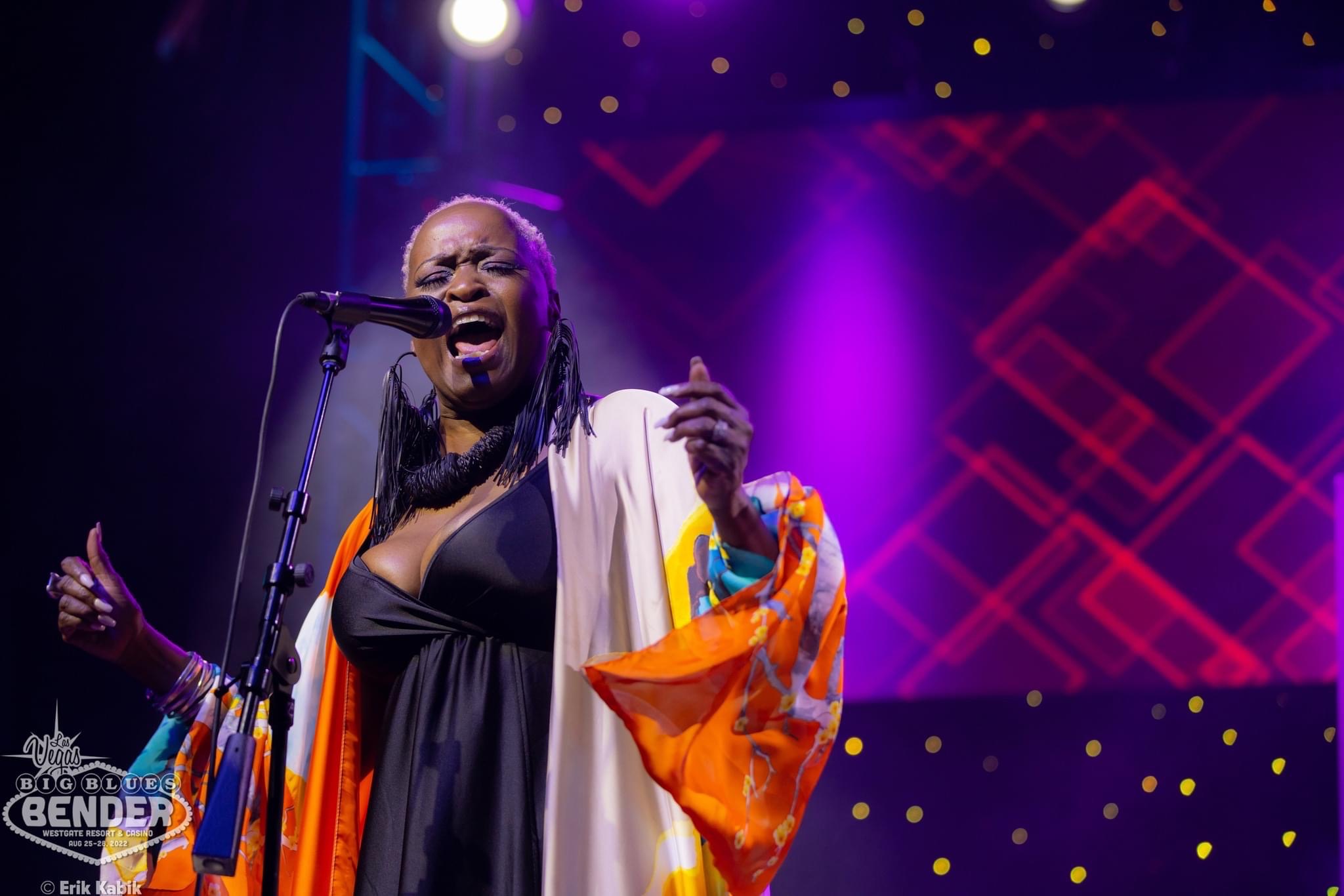
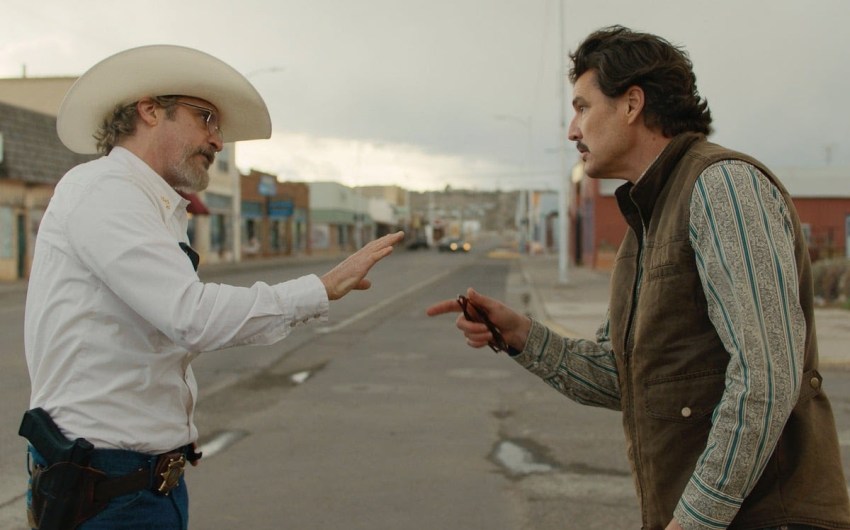
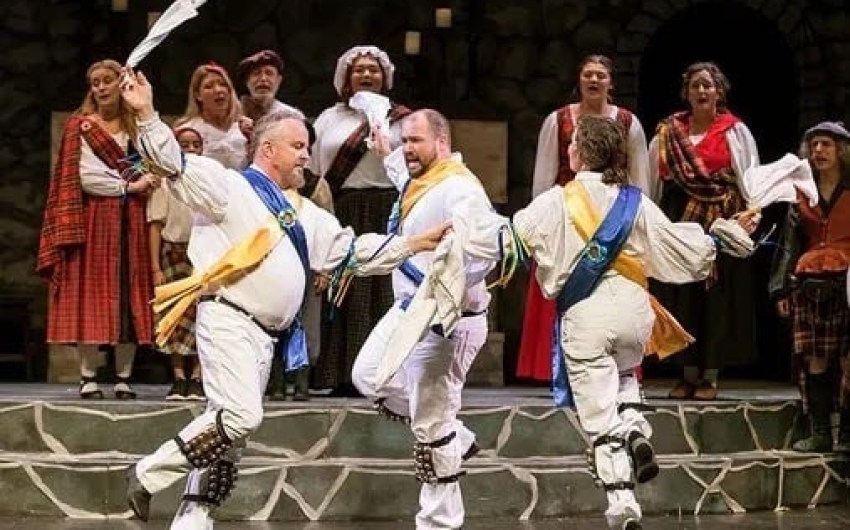
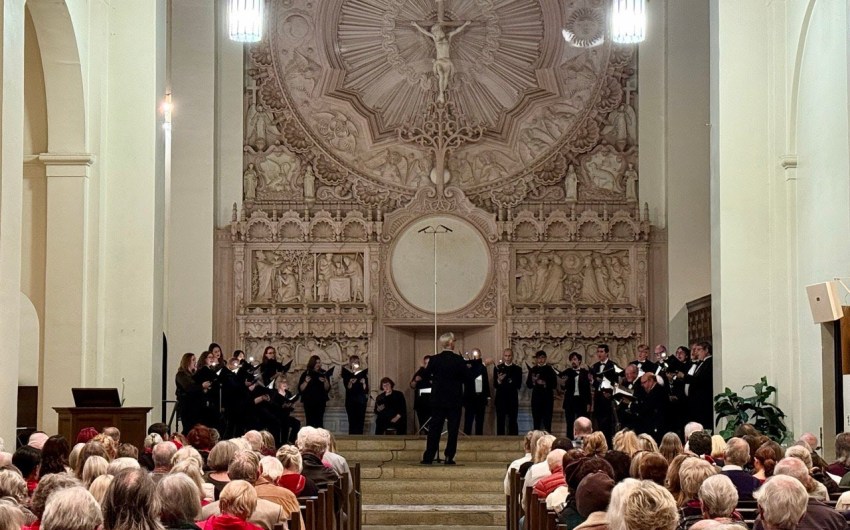

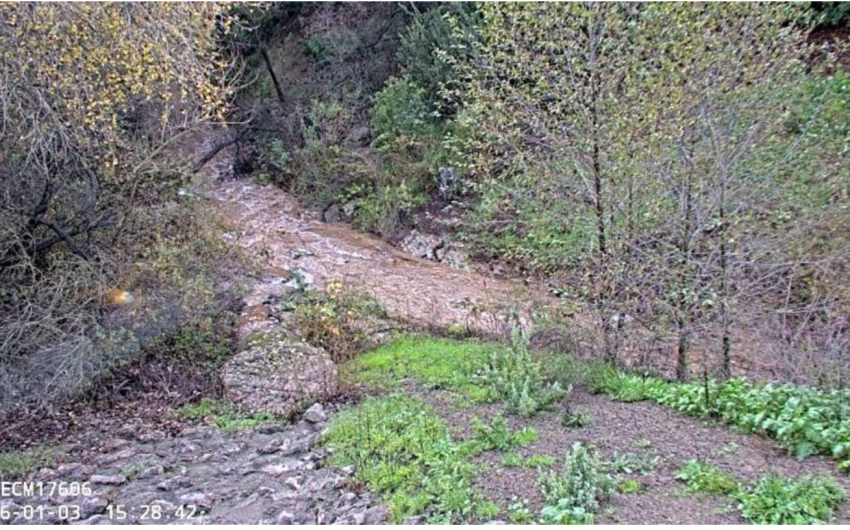
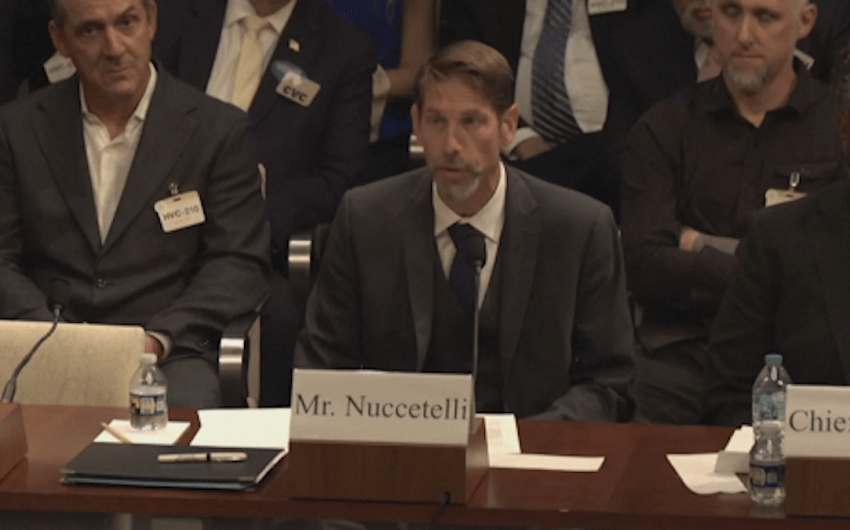
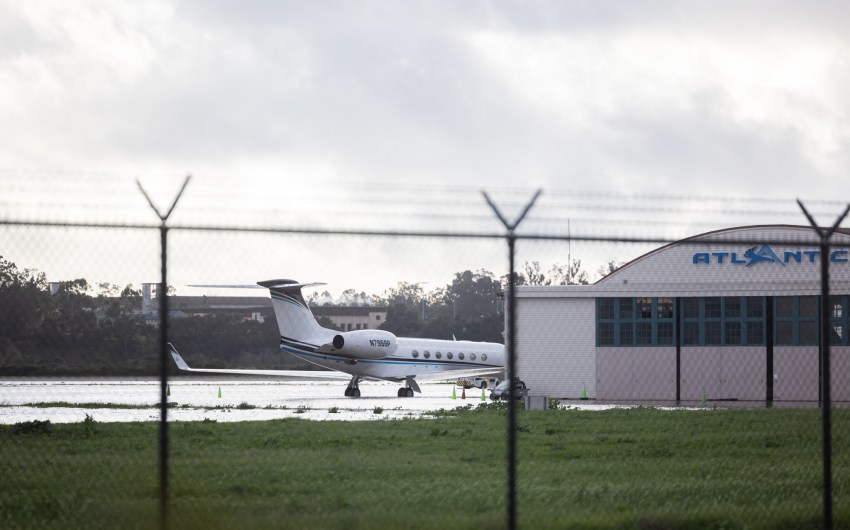
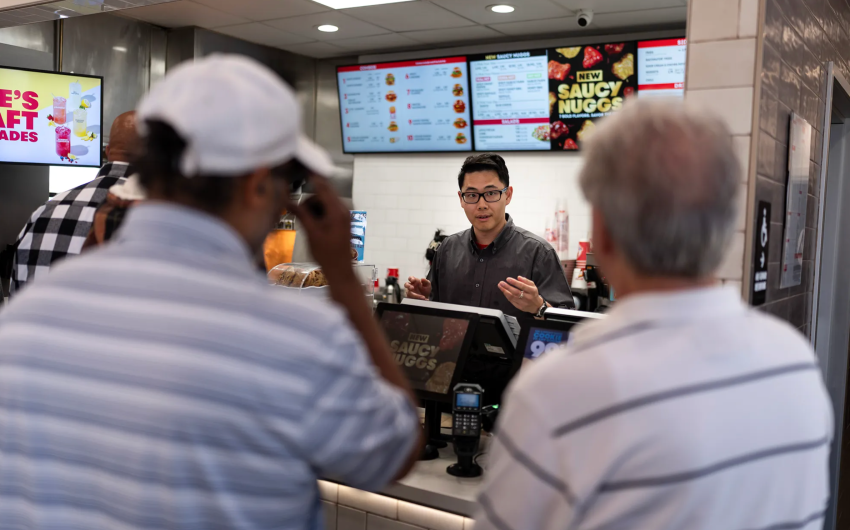
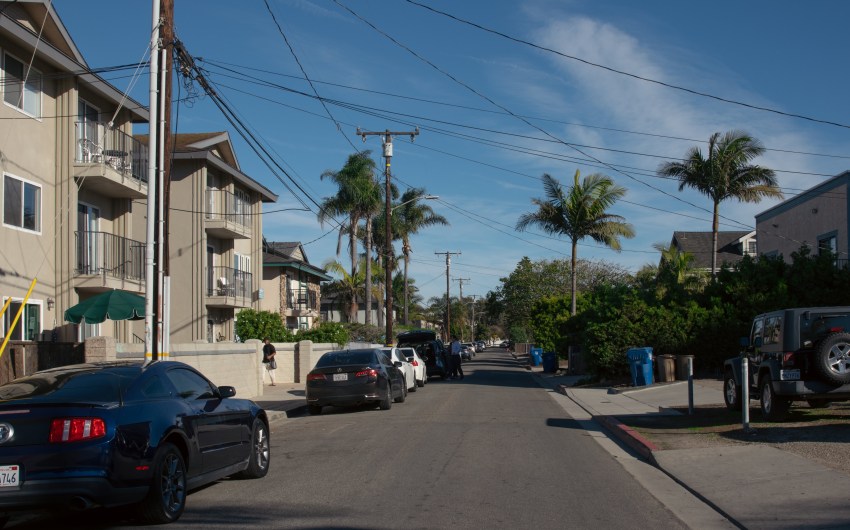

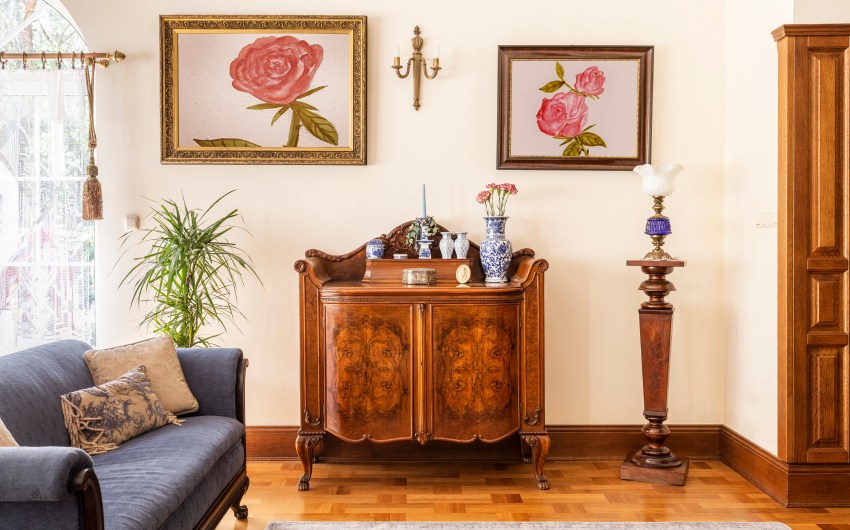

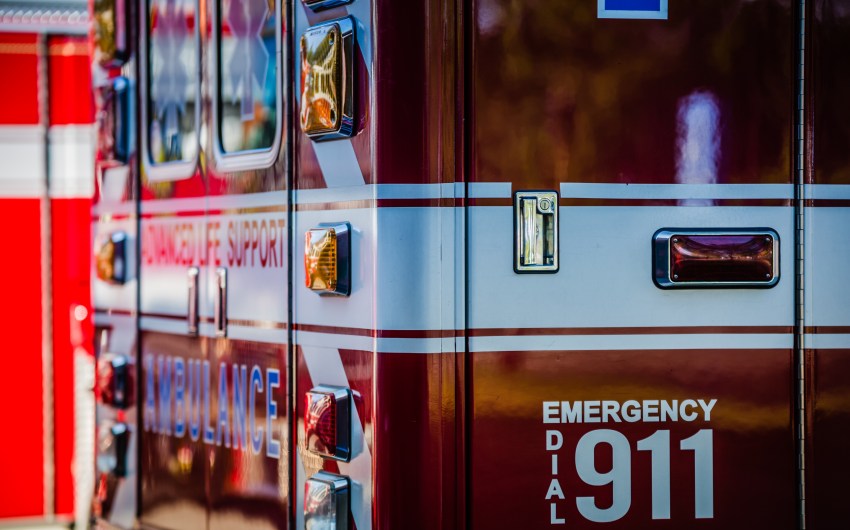
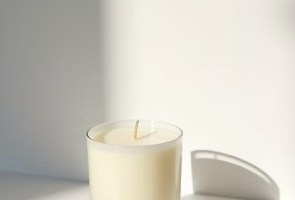
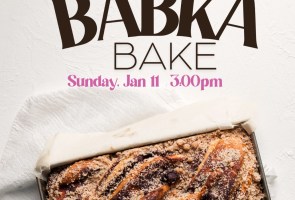

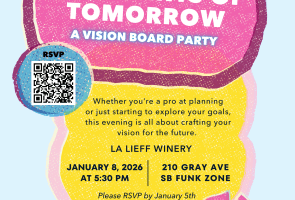
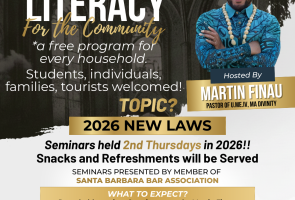
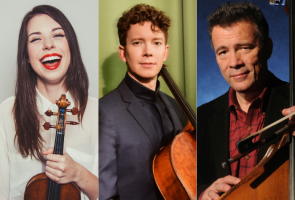
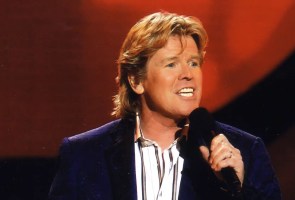
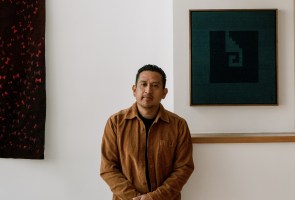

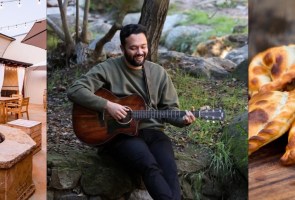
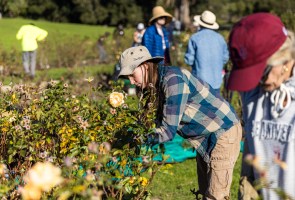


You must be logged in to post a comment.